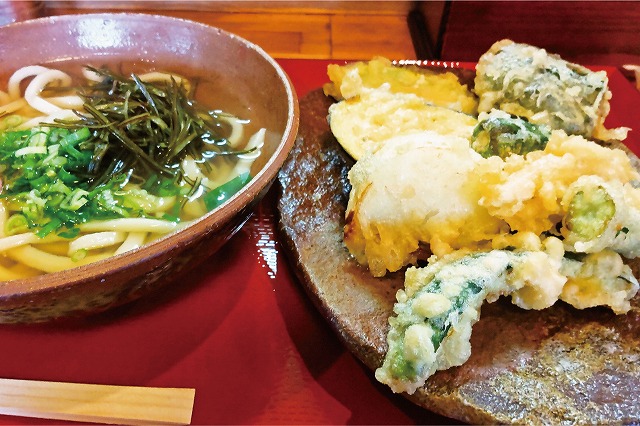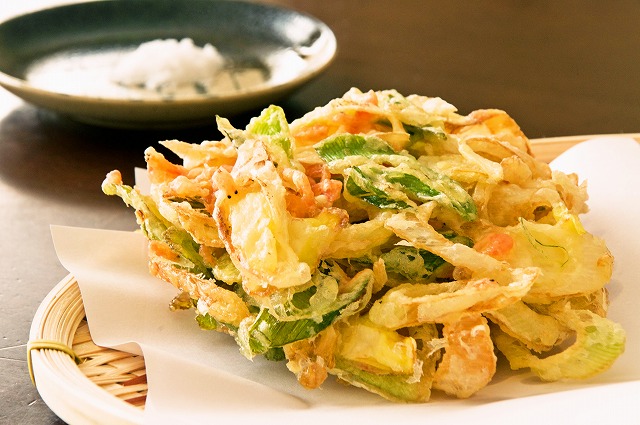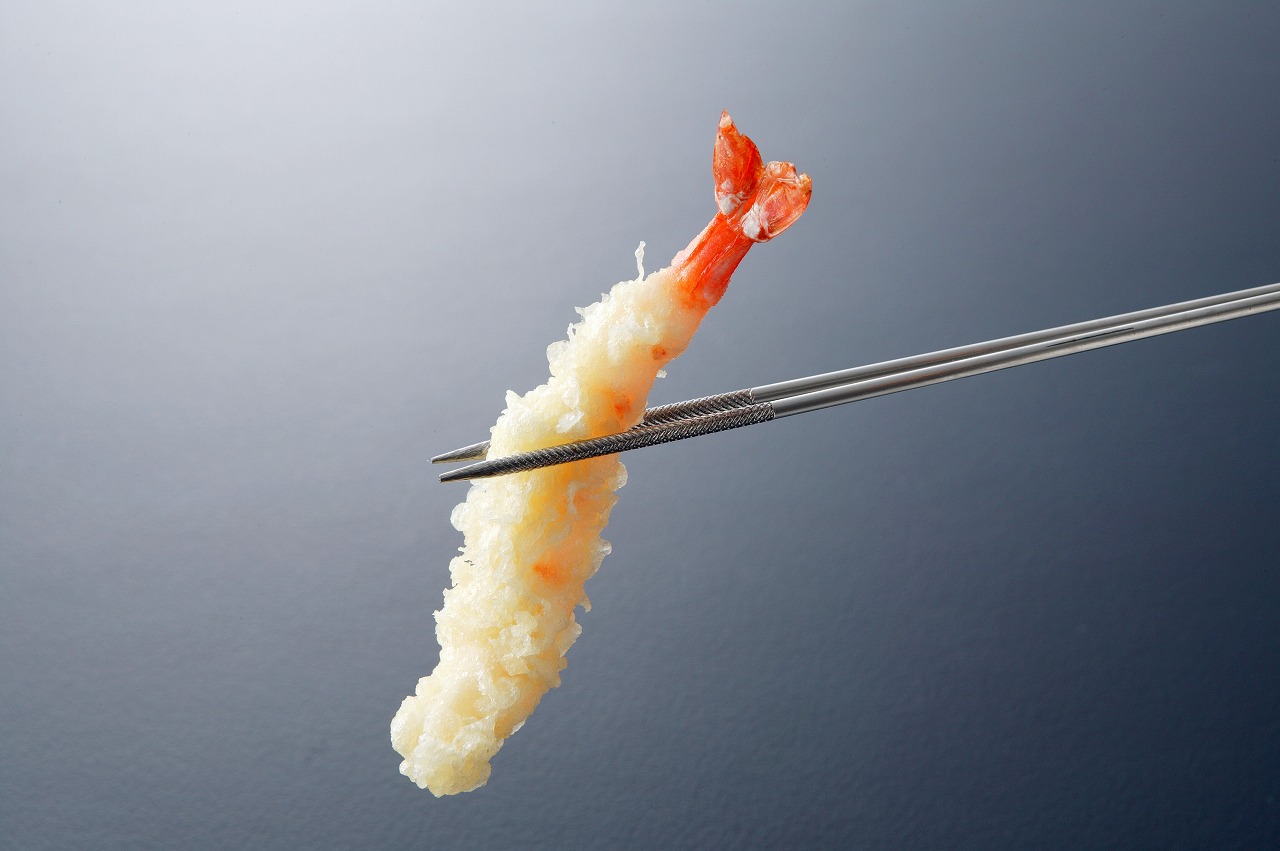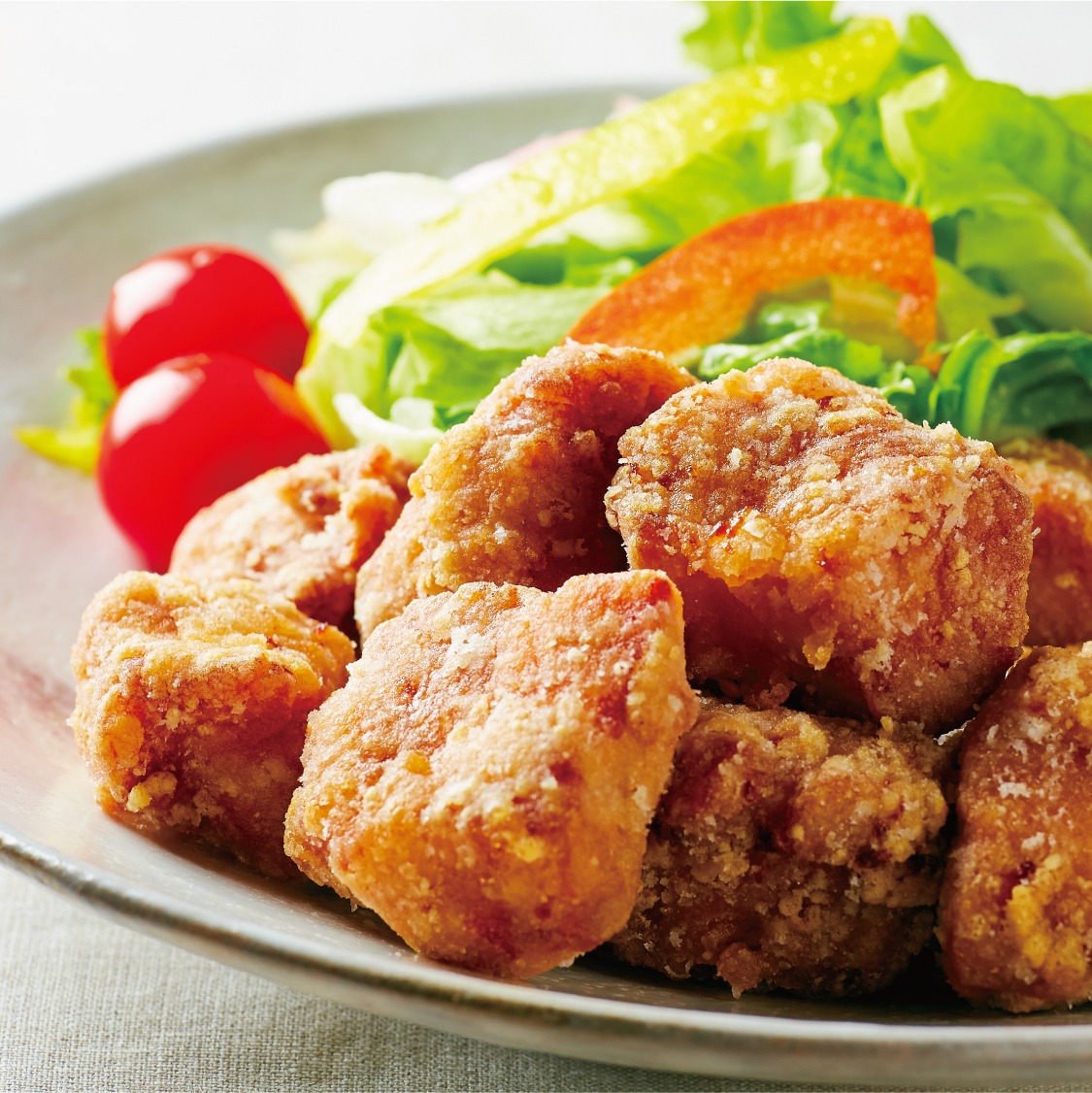News & Blogs
Fine dining or homemade? Choose a venue that fits your budget.
What do you fry?: Tempura ingredients
Not originated in Japan!? The origin of tempura is revealed.
Choose from Kanto style or Kansai style.
In this blog, we touch on diverse topics about Japanese food cultures, practices together with the culinary secret, TREHA®, and its important role in the Japanese food industry. We hope our blog helps you obtain in-depth knowledge of Japanese cuisine and the science behind it, which is hard to find elsewhere.
Do you want to go cheap or luxurious? There are many delicious ways to dive into the world of tempura.
Besides sushi, tempura is an iconic Japanese food staple, being a deep-fried dish of seafood and vegetables. Though tempura is similar to fritters, the batter does not contain meringue. It is served with either salt or a dipping sauce made out of soy sauce and broth. Tempura is such a common food item that it is available pretty much anywhere in Japan including the supermarket's deli sections.
Tempura can be either a high-end or casual menu. A good example could be a hamburger in the US, which you could whip up using a frozen patty and a BBQ grill at home, or you can head out to a Michelin-starred restaurant and order 5-A grade ground Kobe beef, topped with caramelized onions and black truffle oil, including housemade kurobuta bacon.
A fine tempura restaurant uses the finest ingredients to prepare its specialty, which is covered with light, thin, and super crisp coating and appropriate doneness that varies by ingredient. This delicate meal with an extremely limited freshness window is prepared by a tempura chef who has trained for years to obtain the techniques. Though it is doable, it is challenging for home chefs to replicate.
On the other hand, "tendon", a rice bowl ("don" 丼) topped with tempura ("ten" 天) and seasoning sauce, is a much more casual and reasonable dish, which is available at many franchised restaurants. Tempura can be an everyday meal, which is simple, frugal, and yet filling for each household as it effectively uses leftover vegetables taking space in the refrigerator.
Speaking of tempura on the cheap side, I have something special to share with you. The photo below is a lunch menu from a restaurant in my neighborhood. Believe it or not, this is a restaurant with extremely unconventional hours: only open for lunch hours on weekends! The menu consists of unlimited tempura using homegrown vegetables and udon noodles simply topped with chopped seaweed and green onions. This freshly prepared tempura becomes a grand topping for the udon noodles, but it tastes the best with some salt while they are hot. Do you want to know the price? It is 1,000 yen (8.8 USD). Remember, it comes with all-you-can-eat tempura.
Speaking of tempura udon, we can't help but talk about the centuries-old conflict. Tempura boasts an immovable position as an udon topping, but the question is when to put it on the noodles. Whether to put it on the udon first and enjoy the softening coating and oozed oil flavor in the broth, or to enjoy the contrasting texture between the chewy udon and the crispy tempura - the discussion has not yet officially closed and it most likely never will. This is pretty similar to the long-lasting quarrel about whether Oreos should be soaked or not soaked in milk, and whether or not to drink the soaked milk. Ultimately, the authenticity of whether to pour cereal after milk or to pour milk after cereal has not been determined. It's easy to get into a bloody debate, but for now, let's return to the topic.

What are common ingredients for tempura?
I would say "whatever you like". We think tempura can be a rescuer for those who are not big fans of raw fish due to the food safety point of view. Tempura provides them peace of mind since all the ingredients of tempura are fully cooked, minimizing the smell of seafood.
Generally speaking, most Japanese people like seafood tempura: the most well-known ingredient, shrimp followed by squid, any type of white fish, and eel. Eggplants, kabocha squash, shiitake mushrooms, and shishito peppers are also frequently used. Broccoli, which is often seen in the United States, is not common at a restaurant in Japan, but home chefs find it useful to encourage kids to eat more vegetables by making them crunchy and enjoyable.
"Kakiage (かき揚げ)" is a type of tempura that consists of vegetables and/or protein bits. Common ingredients include onions, carrots, and burdock roots chopped into matchsticks, small shrimps, and scallop pieces.
There are some popular ingredients not typical for deep-frying dishes: ice cream and eggs. Ice cream tempura creates a polar contrast between hot crisp crust and cold creamy filling. Egg tempura also features crisp coating and runny egg yolks. Egg tempura employs some preparation methods such as using soft-boiled eggs or frozen raw eggs. Recipes that use frozen eggs have become famous in the manga, "Food Wars!: Shokugeki no Soma".

What? Tempura came from where?
Tempura is recognized as one of the most iconic Japanese dishes recognized all over the world, but did you know that it did not originate from Japan?
It is said that tempura was introduced to Japan during the Muromachi period (14th-16th centuries) through the Portuguese traders and Jesuit missionaries who were called Nanban jin (southern barbarians). The word "tempura" is supposedly derived from the Portuguese word, "temporas", meaning the church year-based "Ember Days", which involves prayer, intermittent fasting, and no meat consumption. While vegetables and fish fritters were consumed by Nanban jin during the Ember Days, the Japanese picked up their fritter cooking techniques.

Tempura comes in two styles: Kanto (East Japan) style and Kansai (West Japan) style. Which type is your favorite?
Now, we learned that tempura originally came from Portugal. After many years, two styles have evolved: "Kanto (the Greater Tokyo Area) style" and "Kansai (the southern-central region of Japan) style". You can distinguish the styles by appearance.
Tempura with darker and thick coating is Kanto style. In the greater Tokyo area, the main ingredient of tempura is fish. Thus, tempura is prepared using a batter with eggs, then deep-fried in sesame oil, which effectively covers up the fish smell.
On the other hand, tempura with light, fluffy and thin coating is Kansai style. The Kansai-style batter does not have eggs and is deep-fried in cottonseed oil. There is an interesting historical fact behind this. There have been many Buddhist temples in the southern-central region (Kyoto for example) and the monks were prohibited from consumption of animal-based food. The Kansai-style coating complements the flavor of vegetables for vegan dieters.
Add TREHA® in the tempura batter for a crispy and authentic finish. Check out our recipe here.

Did you find this blog interesting?
Please share it with your friends in the food service industry.
We regularly update the blog about the food culture of Japan, where TREHA® was discovered for culinary applications.
Click here and send us a message to subscribe.
Or hit us up on Instagram @trehalose_sensei!
You might also be interested in:

Recipe for Karaage (Japanese deep-fried chicken), another Japanese fried staple
Recipe for Assorted Sushi, another iconic Japanese staple
Blog article on B-class Gourmet, an undervalued variety of Japanese cuisine
Blog article on Shinto religion and Japanese cuisine (washoku 和食)
Blog article on soba (buckwheat) noodles, which tempura grants a topping
Blog article on Udon, another Japanese noodle dish to which tempura often serves as a topping.

